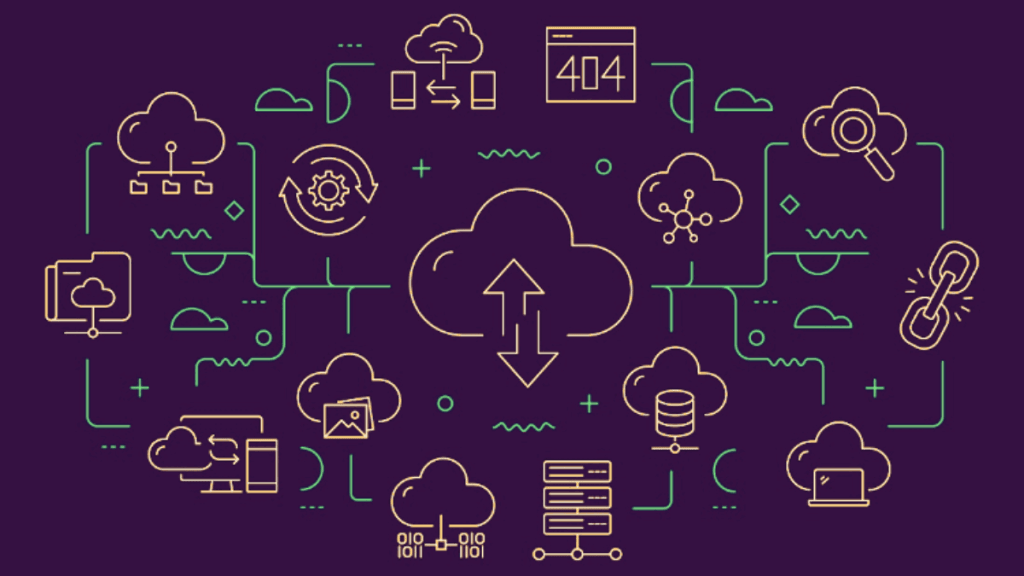Microservices are a popular architectural style for building modern applications that are scalable, resilient, and easy to update. In this blog post, we’ll take a closer look at microservices, understanding what they are, their benefits, and how they differ from traditional monolithic architectures.
What are Microservices?
Microservices are a software architectural style that structures an application as a collection of small, independent services. Each service is designed to perform a specific business function and communicates with other services through well-defined APIs (Application Programming Interfaces). Unlike traditional monolithic architectures, where the entire application is tightly integrated, microservices allow for modular and independent development.
Monolithic vs. Microservices Architecture

Monolithic Architecture
Monolith (Monolithic architecture) represents the traditional approach where the entire application is built as a single, tightly integrated unit. In this model, all components, such as the user interface, business logic, and data access layer, are tightly coupled and deployed as a single application. Monolithic architectures are known for their simplicity and ease of development since everything is contained within a single codebase.
Pros:
- Simplicity: Easier to develop and understand due to a single codebase.
- Centralized Management: All components are in one place, making it easier to manage and deploy.
Cons:
- Scalability Challenges: Scaling the entire application can be challenging, leading to over-provisioning.
- Limited Technology Stack: Upgrading or introducing new technologies may be cumbersome.
Microservices Architecture: The Agile Network
Microservices architecture, on the other hand, breaks down the application into a collection of small, independent services, each focused on a specific business capability. These services communicate through APIs; each can be developed, deployed, and scaled independently. This approach promotes agility, scalability, and fault isolation.
Pros:
- Scalability: Services can be individually scaled for more efficient resource utilization.
- Technology Diversity: Each service can use its technology stack, fostering innovation and flexibility.
Cons:
- Complexity: Managing a distributed system introduces deployment, monitoring, and communication complexities.
- Integration Challenges: Effective communication between services is crucial and can sometimes be challenging to achieve.
Characteristics of Microservices
Decentralized Data Management:
Microservices are autonomous, meaning each service has its database. This decentralization reduces dependencies and enhances the overall system’s resilience.
Scalability:
Microservices enable horizontal scalability by allowing individual services to be scaled independently. This ensures optimal resource utilization and improved performance.
Resilience and Fault Isolation:
Since each microservice operates independently, a failure in one service does not necessarily impact the entire system. This isolation enhances system resilience and makes it easier to identify and address issues.
Technology Diversity:
Microservices encourage the use of diverse technologies within the same application. This allows teams to choose the most suitable tools and frameworks for each service, promoting innovation and flexibility.
Benefits of Microservices
Improved Scalability:
Microservices can be independently scaled, allowing teams to allocate resources where they are needed most. This agility is particularly beneficial for applications with varying workloads.
Faster Development and Deployment:
With smaller, focused teams working on independent services, development cycles are accelerated. Microservices can be deployed independently, reducing the risk associated with large-scale deployments.
Enhanced Fault Isolation:
Isolating services minimize the impact of failures, making it easier to identify and address issues without affecting the entire system.
Flexibility and Technology Agnosticism:
Developers can choose the most suitable technologies for each service, fostering innovation and ensuring the use of the best tools for each specific task.
How to Get Started with Microservices?
If you are interested in adopting microservices for your application, here are some steps you can follow to get started:
Identify the boundaries of your services:
The first step is to identify the functionalities or domains of your application and how they can be separated into independent services. A common approach is to use the Domain-Driven Design (DDD)1 methodology, which helps you to model your application based on the business domains and the interactions between them.
Design your APIs:
The next step is to design the APIs that will enable the communication between your services. You should follow the RESTful2 principles, which ensure that your APIs are uniform, stateless, and self-descriptive. You should also use standard formats such as JSON3 or XML4 for data exchange and HTTP5 methods for operations.
Implement your services:
The third step is to implement your services using the technologies and frameworks of your choice. You can use different programming languages, databases, and tools for different services, as long as they adhere to the APIs. You should also follow the 12-Factor App guidelines, which help you to build services that are portable, scalable, and maintainable.
Deploy and monitor your services:
The final step is to deploy and monitor your services using the tools and platforms of your choice. You can use Docker and Kubernetes to create and manage containers for your services, and AWS, Azure, or Google Cloud to host and run your services on the cloud. You should also use logging, tracing, and metrics tools to collect and analyze the performance and health of your services.
Challenges and Considerations:
While microservices offer numerous advantages, they also come with challenges. Managing the complexity of distributed systems, ensuring effective communication between services, and handling data consistency are among the key considerations when adopting a microservices architecture.
Microservices are a powerful and flexible way to build modern applications that are scalable, resilient, and easy to update. By following the steps above, you can start your journey with microservices and enjoy the benefits they offer.

